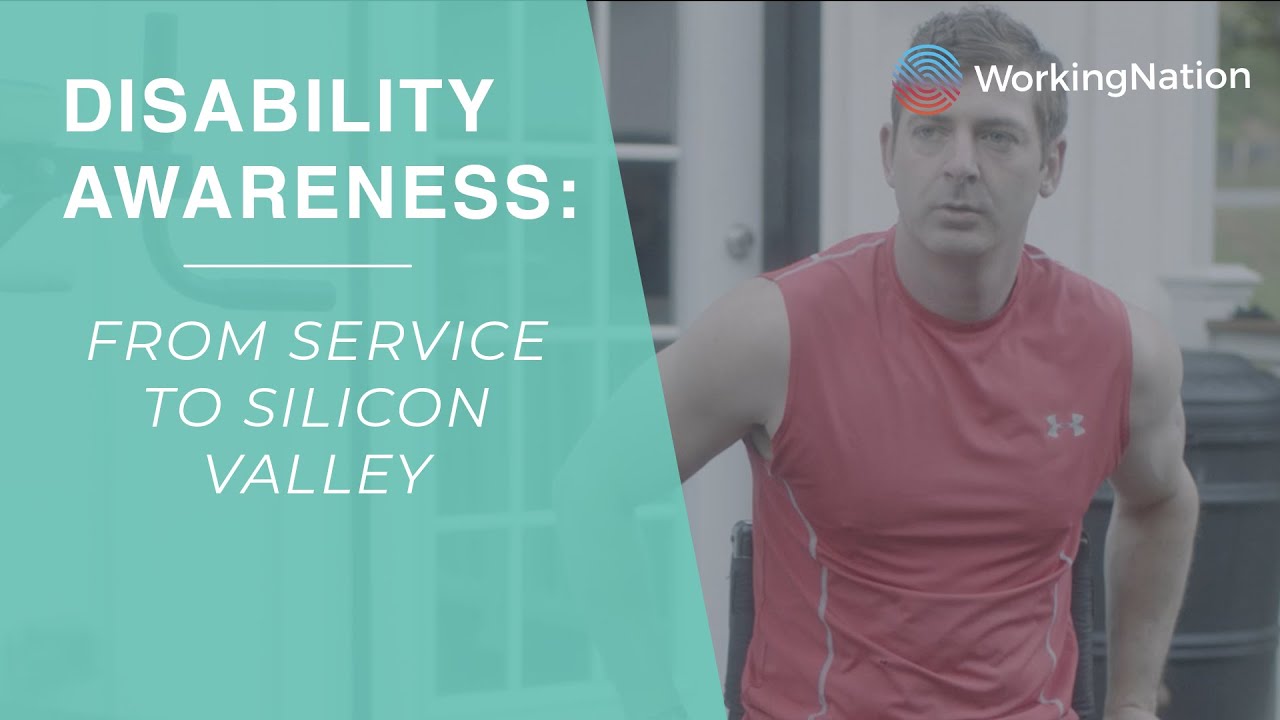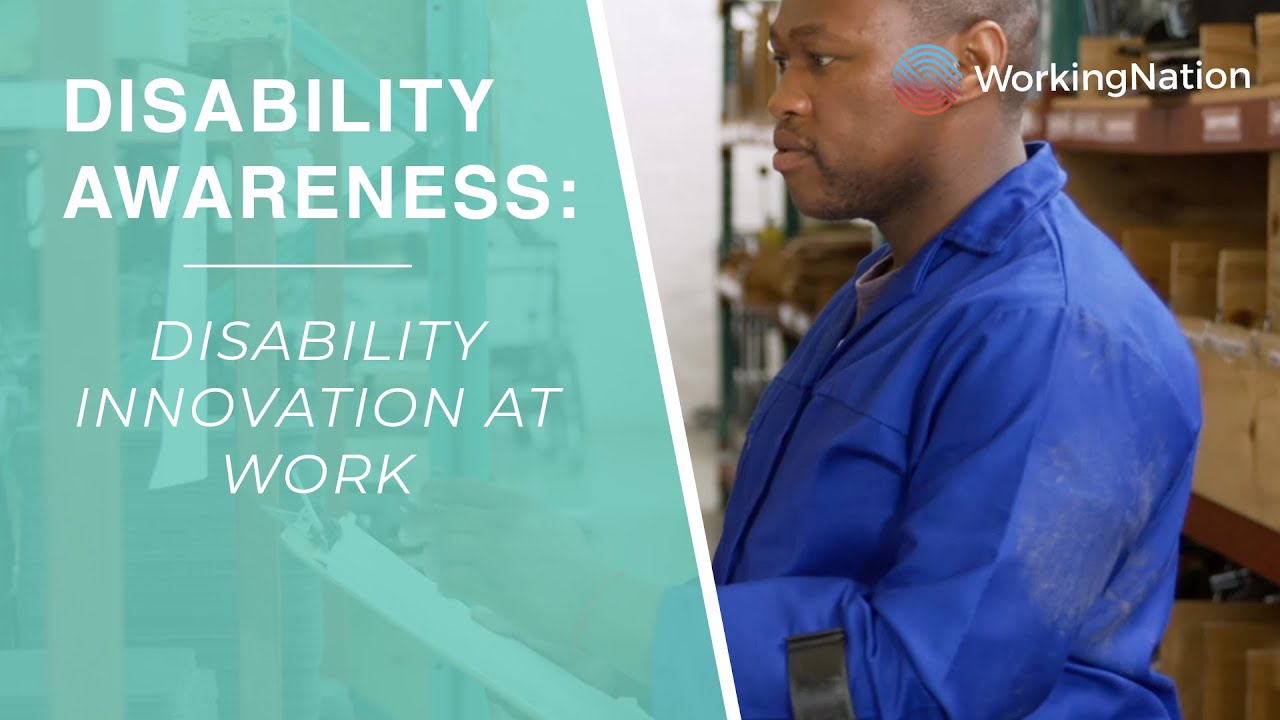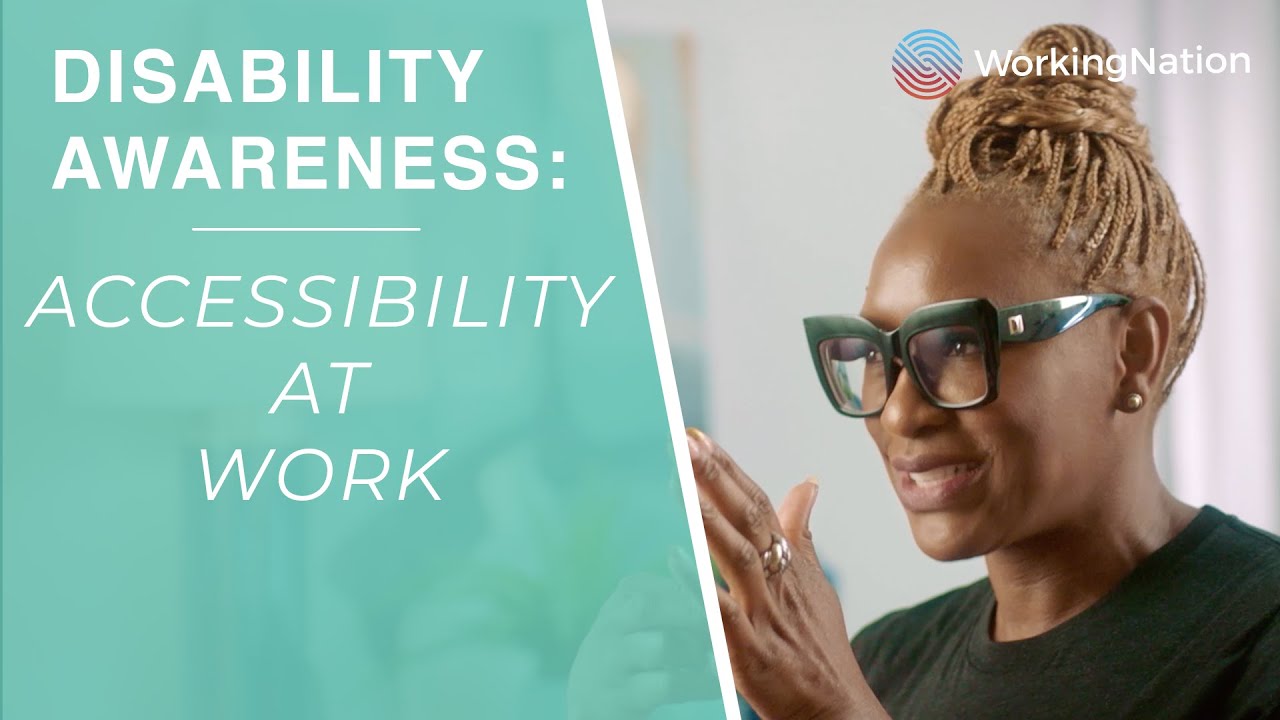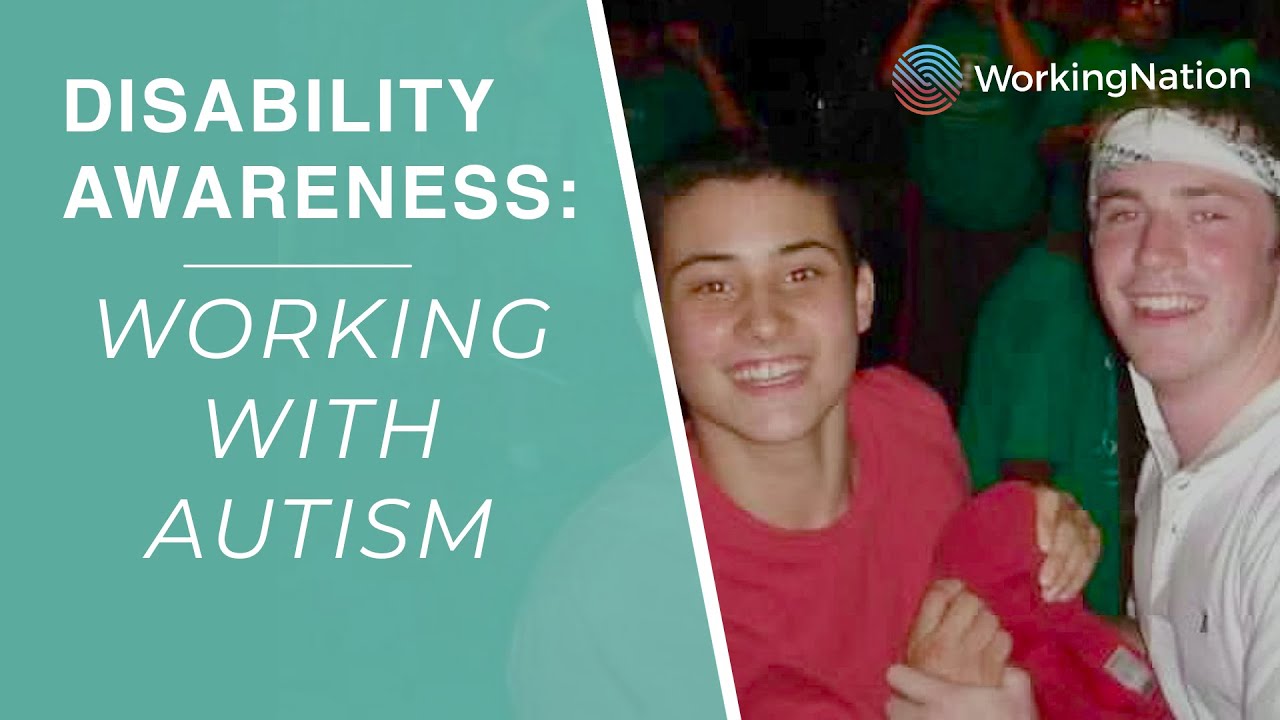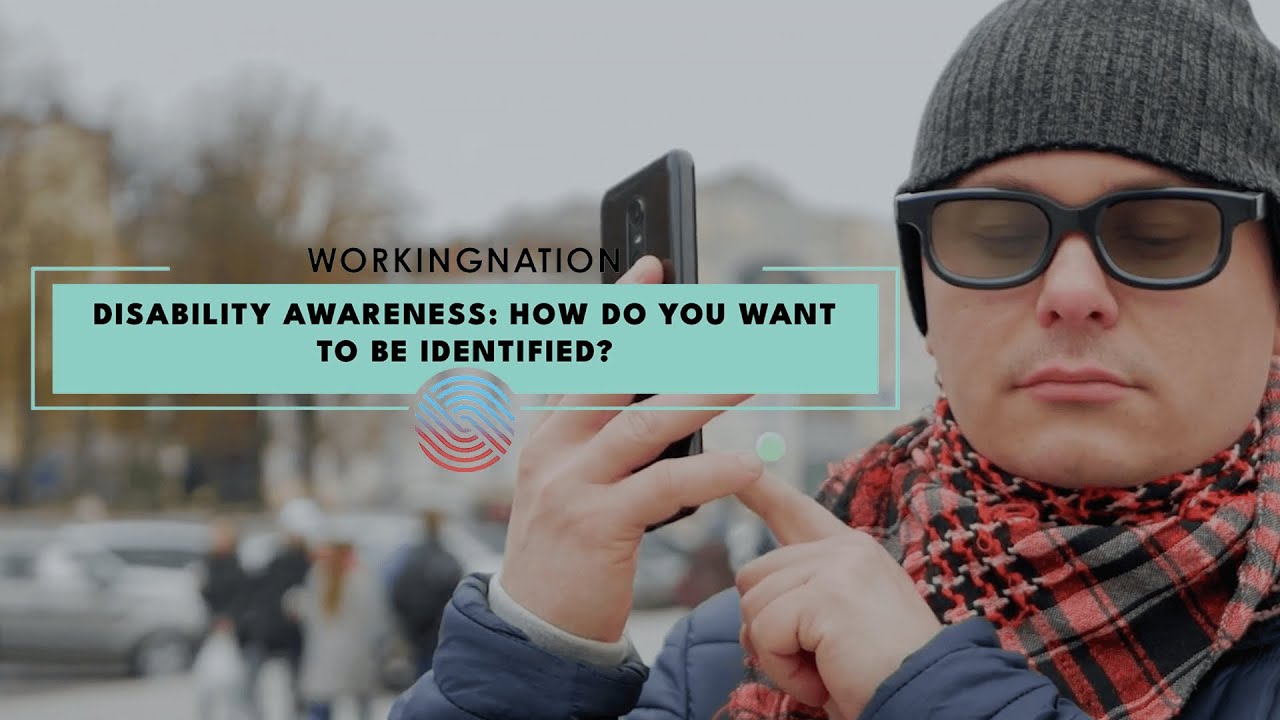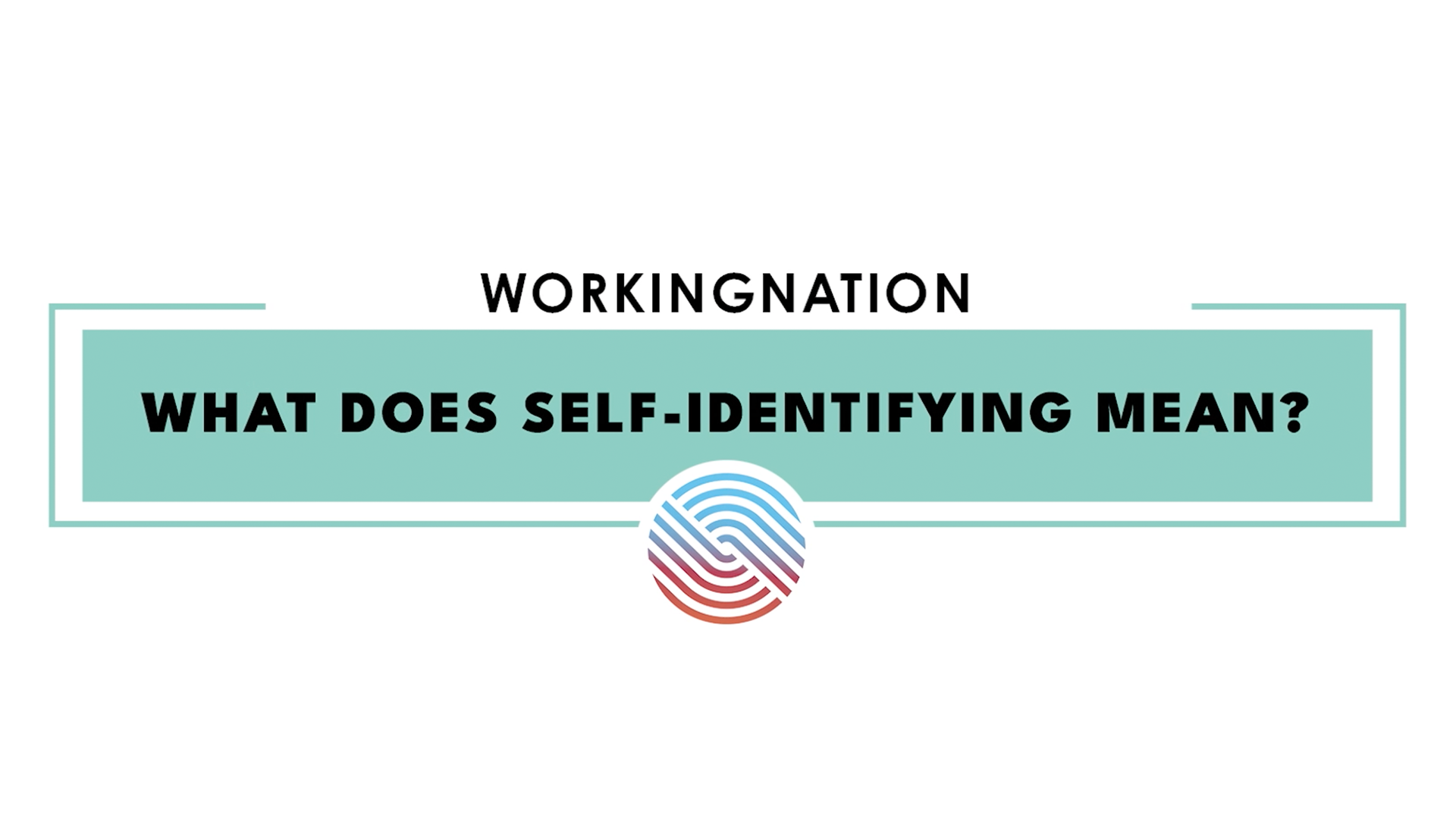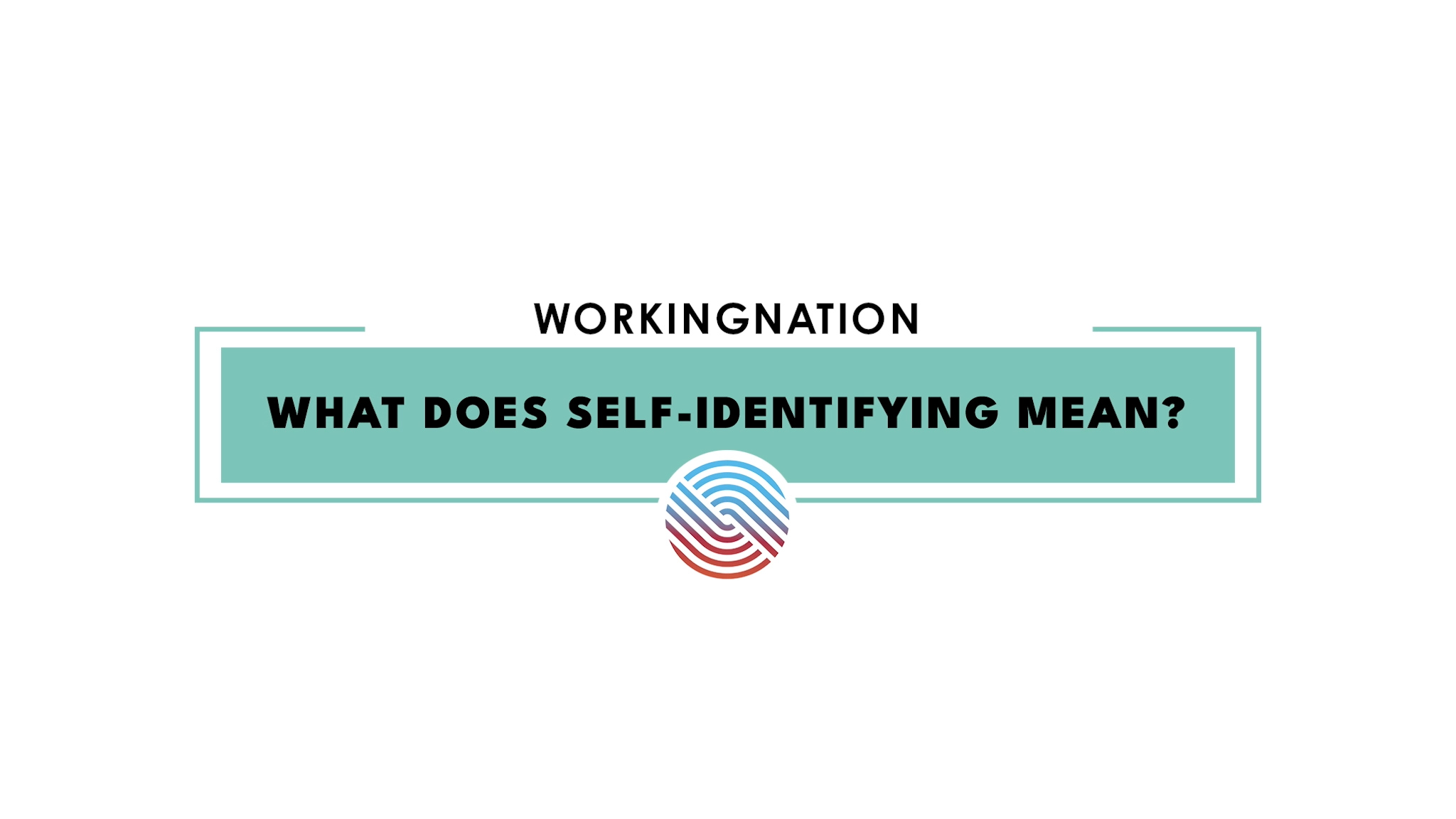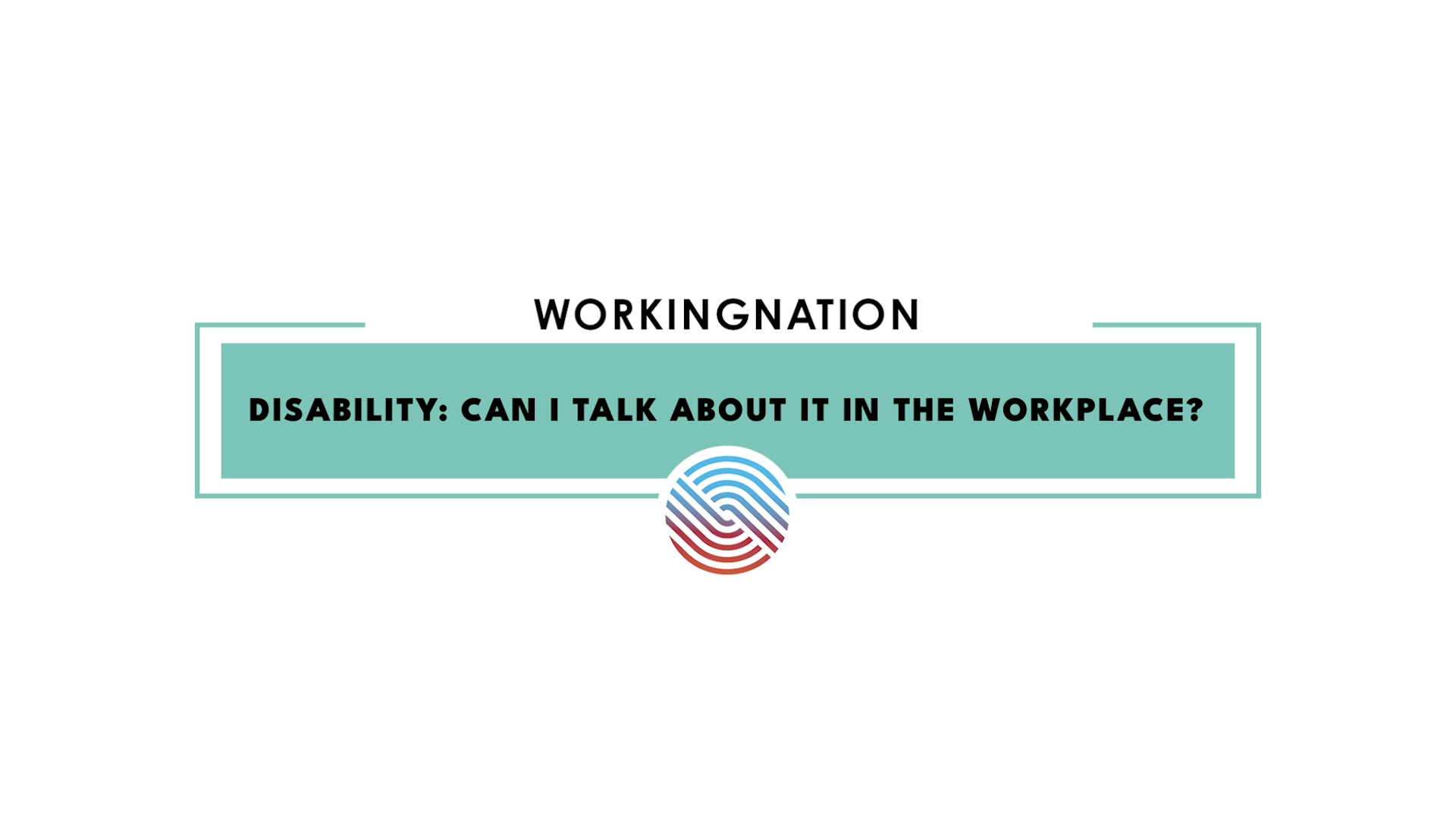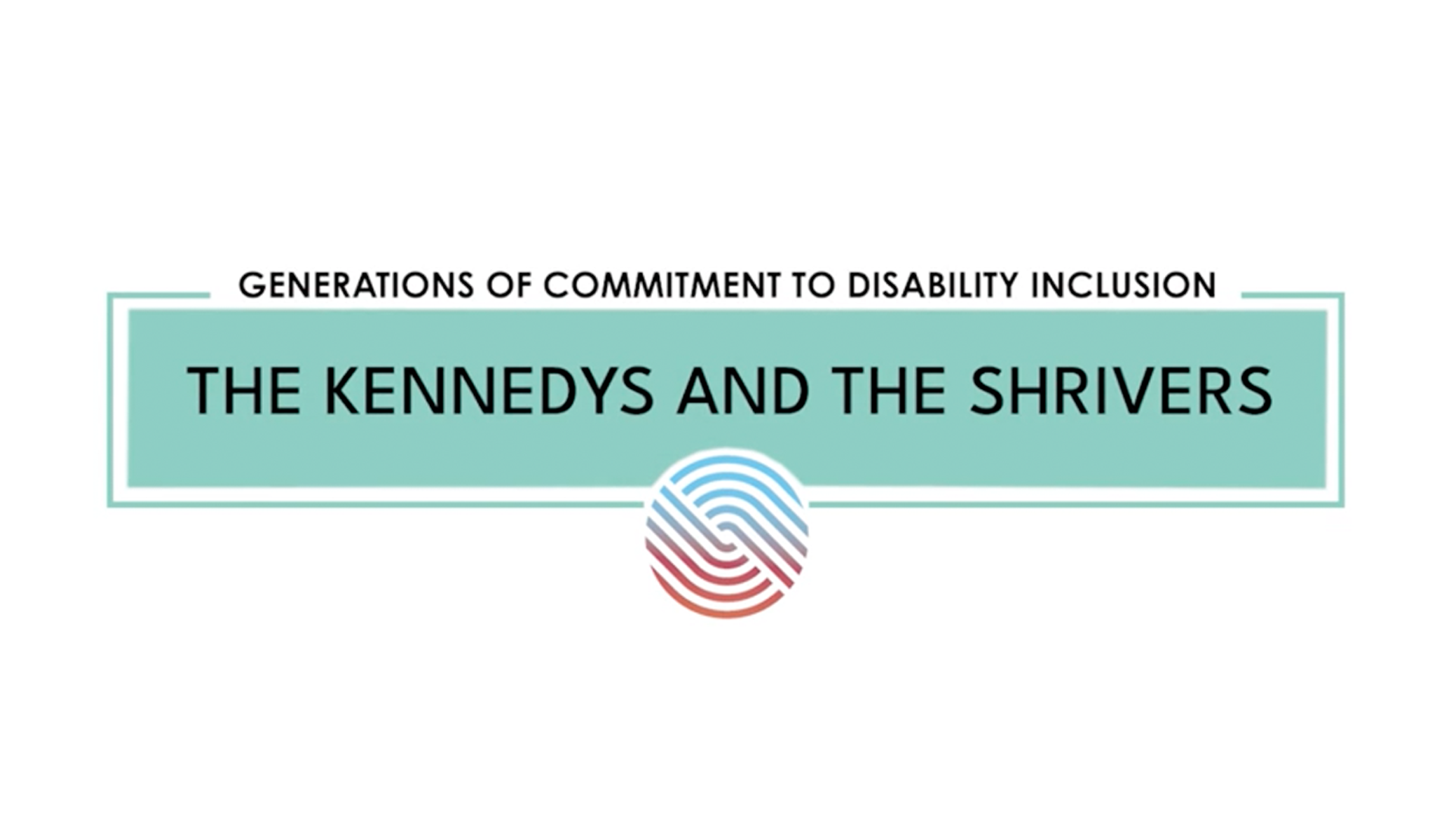Finding and defining the appropriate terms to use for any given group is an ongoing process that happens with every movement, but the best approach to navigating it is to be willing to ask others what words they are most comfortable using.
The use of language and words describing people with disabilities has changed over time, and will continue to change for years to come. This is a naturally-evolving process that occurs with every civil rights movement, as we collectively learn how to improve the ways in which we talk about people with disabilities in the media, workplace, or simply in everyday conversations.
While it’s important to be aware of the meaning behind the words we use when discussing or working with people in the disability community, we must also not become so preoccupied with concerns about saying the wrong thing that we avoid the subject entirely.
Personal preferences can make navigating the landscape of language both nuanced and subjective – some people may prefer identity-first language over person-first language, i.e. a disabled person vs. a person with a disability. Ultimately the decision is one of personal choice, and the best way to be considerate of others is to open up a dialogue about what language they would prefer you to use.

